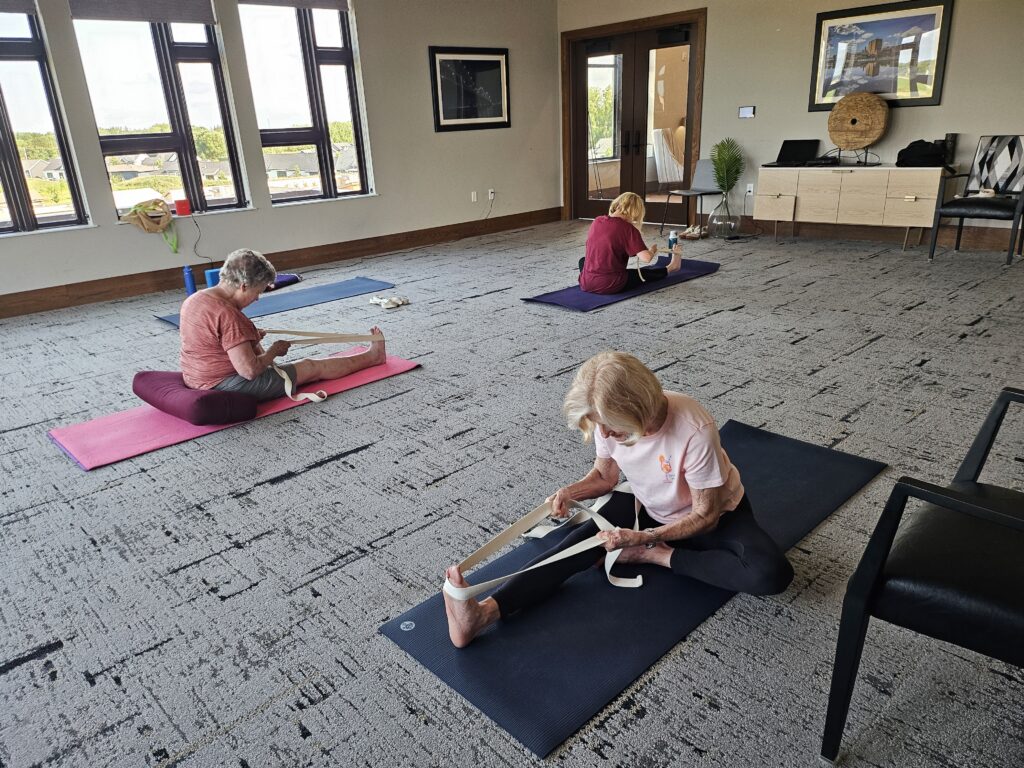Yoga has been recognized for some time as being effective in reducing high blood pressure, particularly the diastolic (lower) number, which is the most crucial. You can experience the relaxing effects of yoga by committing to a short daily routine of breathing, stretching in poses, and meditation. Yoga improves your body’s strength and flexibility, teaches you how to relax mentally and physically, and shows you how to better manage stress reactions such as muscle tension (most commonly in the face, stomach, neck, shoulders, and breath.), rapid heart rate, constricted breathing, and anxiety.
The fastest and most effective way to reduce reaction to stress is to change your breath, and an immediate way to improve your breathing is to improve your posture. In yoga, you learn to strengthen your back and stomach muscles so that you can sit and stand straighter; this releases pressure on the heart and lungs allowing you to breath easier.
Yoga breathing ‘exercises’ teach you how to breathe more deeply and rhymically; this has many effects, both physical and mental. Your respiratory muscles become stronger and more oxygen reaches your blood stream. Regular practice at breathing slower and deeper will give you greater concentration, will power, and steadiness. You’ll feel calmer, too, as you breathe, because your mind can’t think about upsetting things when it is focused on the breath. You can use breathing techniques whenever you feel stressed, fatigued or anxious for immediate relief.

